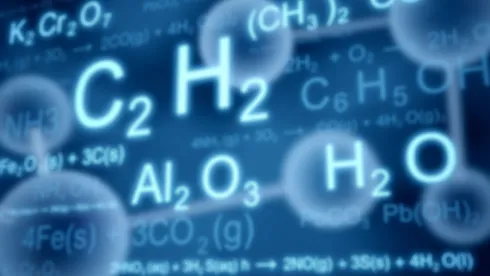On April 25, 2017, the U.S. Environmental Protection Agency (EPA) issued two notices in the Federal Register expressing its determination that 28 new chemical notifications are “not likely to present an unreasonable risk of injury to health or the environment.” 82 Fed Reg. 19044 (Statement of Findings for December 2016); 82 Fed. Reg. 19046 (Statements of Findings for February 2017). The statements of findings list premanufacture notices (PMN) and microbial commercial activity notices (MCAN) regarding new polymer and biodegradable chemicals submitted to EPA under Section 5 of the Toxic Substances Control Act (TSCA). The notices listed in the December 2016 statement of findings are:
-
EPA Case Number (MCAN): J-16-0033: Chemical identity: Saccharomyces cerevisiae modified to express glucoamylase activity (generic name);
-
EPA Case Number (MCAN): J-16-0034: Chemical identity: Saccharomyces cerevisiae modified (generic name);
-
EPA Case Number (MCAN): J-16-0035: Chemical identity: Saccharomyces cerevisiae modified (generic name);
-
EPA Case Numbers (MCANs): J-16-0036 to J-16-0041: Chemical identity: Biofuel producing modified microorganism(s), with chromosomally-borne modifications (generic name);
-
EPA Case Number (PMN): P-17-0009: Chemical identity: Depolymerized waste plastics (generic name);
-
EPA Case Numbers (PMNs): P-17-0016, P-17-0017, P-17-0019, and P-17-0020: Chemical identity: Hydroxyl alkyl acrylate ester, polymer with acrylates, aromatic vinyl monomer, cycloaliphatic lactone, and alkyl carboxylic acid, peroxide initiated (generic name); and
-
EPA Case Numbers (PMNs): P-17-0018 and P-17-0021: Chemical identity: Hydroxyl alkyl acrylate ester, polymer with acrylates, aromatic vinyl monomer, cycloaliphatic lactone, and alkyl carboxylic acid, Azobis [aliphatic nitrile] initiated (generic name).
The notices listed in the February 2017 statement of findings are:
-
EPA Case Numbers (MCANs): J-17-0001 to J-17-0005: Chemical identity: Saccharomyces cerevisiae modified (generic name);
-
EPA Case Number (MCAN): J-17-0006: Chemical identity: Saccharomyces cerevisiae modified (generic name);
-
EPA Case Number (PMN): P-17-0144: Chemical identity: Amines, C36- alkylenedi-, polymers with octahydro- 4,7-methano-1H-indenedimethanamine and pyromellitic dianhydride, maleated (CASRN: 2020378-57-6);
-
EPA Case Number (PMN): P-17-0158: Chemical identity: Perylene bisimide (generic name);
-
EPA Case Number (PMN): P-17-0160: Chemical identity: 2-Propenoic acid, alkyl-, alkyl ester, polymer with alkyl 2- propenoate, dialkyloxoalkyl-2- propenamide and alkyl 2-propenoate (generic name);
-
EPA Case Number (PMN): P-17-0161: Chemical identity: 2-Propenoic acid, alkyl-, alkyl ester, polymer with alkyl 2- propenoate, dialkyloxoalkyl-2- propenamide, ethenylbenzene and alkyl 2-propenoate (generic name);
-
EPA Case Number (PMN): P-17-0182: Chemical identity: Alkyldioic acid, polymer with 2,2-dimethyl-1,3- propanediol, heteropolycyclic carboxy acid anhydride and 1,3-propanediol (generic name); and
-
EPA Case Number (PMN): P-17-0185: Chemical identity: Fatty acids, C18- unsatd., dimers, hydrogenated, polymers with C18-unsatd. fatty acid trimers, alkylenediamine and hydroxyalkanoic acid (generic name).
Commentary
The publication of these two notices fulfills EPA’s obligation under TSCA Section 5(g) to publish its findings; all of these determinations had previously been posted to the EPA website. It is to EPA’s credit that EPA has made its determinations public as soon as practicable by posting those determinations on its website. We recognize that publication in the Federal Register often lags behind EPA’s decisions because of resource constraints and competition with other Federal Register notices. We are pleased to see new chemicals cleared for production
Nevertheless, EPA’s pace of approving new chemicals for the marketplace has slowed tremendously since enactment of TSCA reform. Furthermore, these notices do not provide any line of sight on the reasons contributing to the delays, or EPA’s resolution of these issues. To date, EPA has only published its final determinations for substances with low concerns for heath and ecological hazards. With only 28 new chemicals approved from the time period of December 1, 2016, to February 28, 2017, EPA will need to work much faster to even come close to its annual average number of 700-800 PMN reviews and keep the backlog of cases under review from continuing to grow.




 />i
/>i

